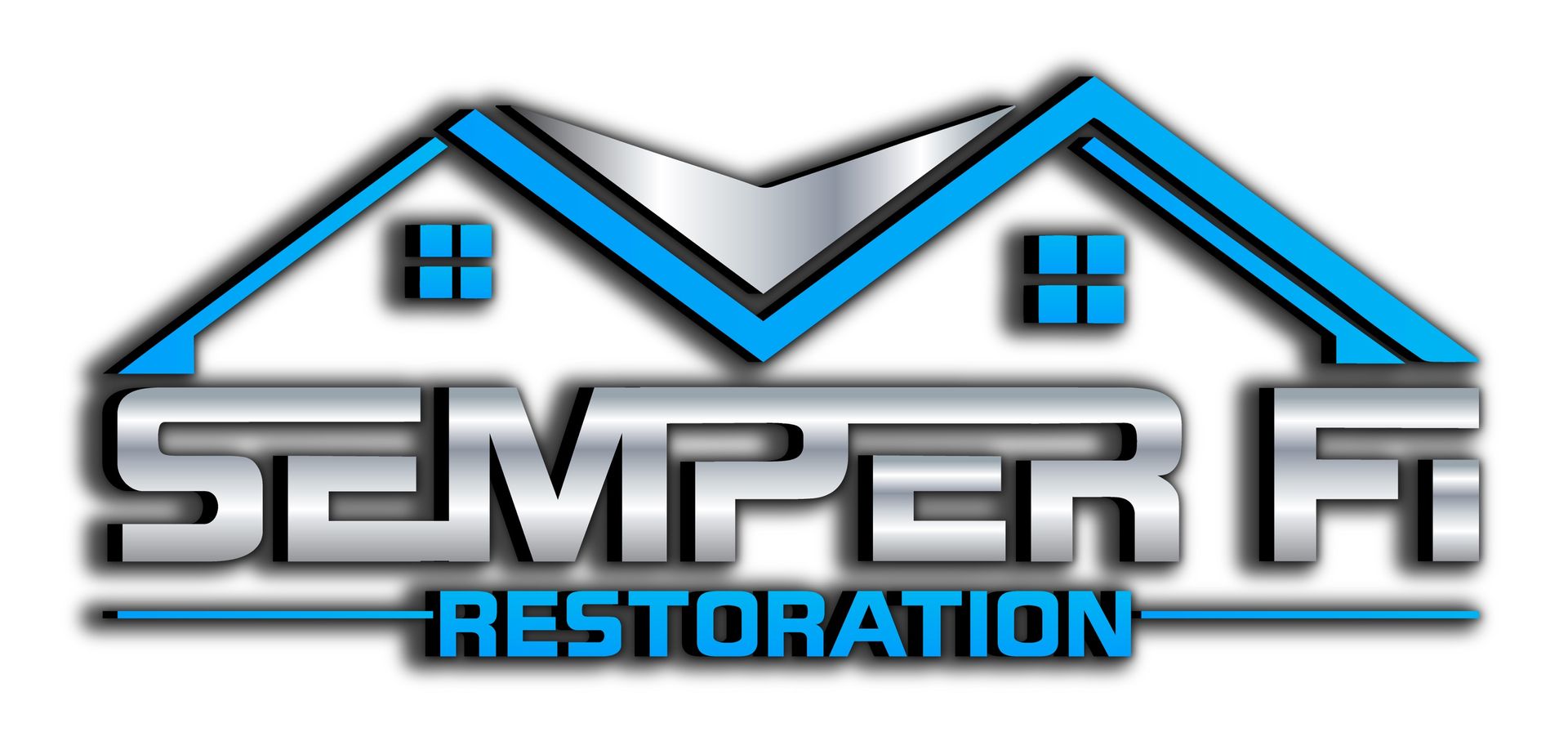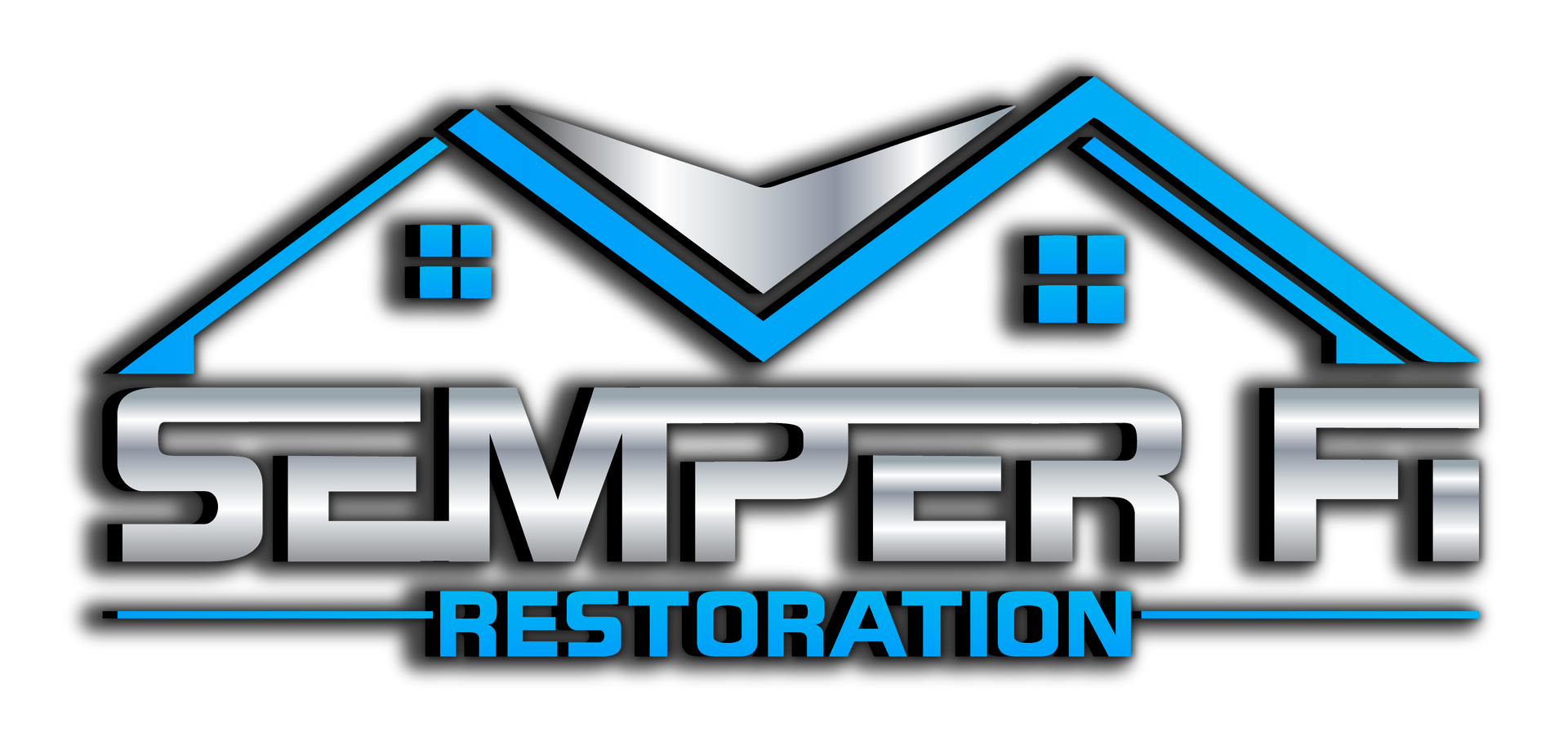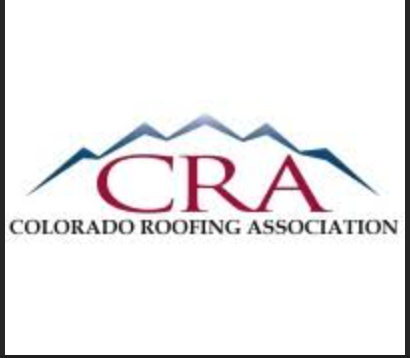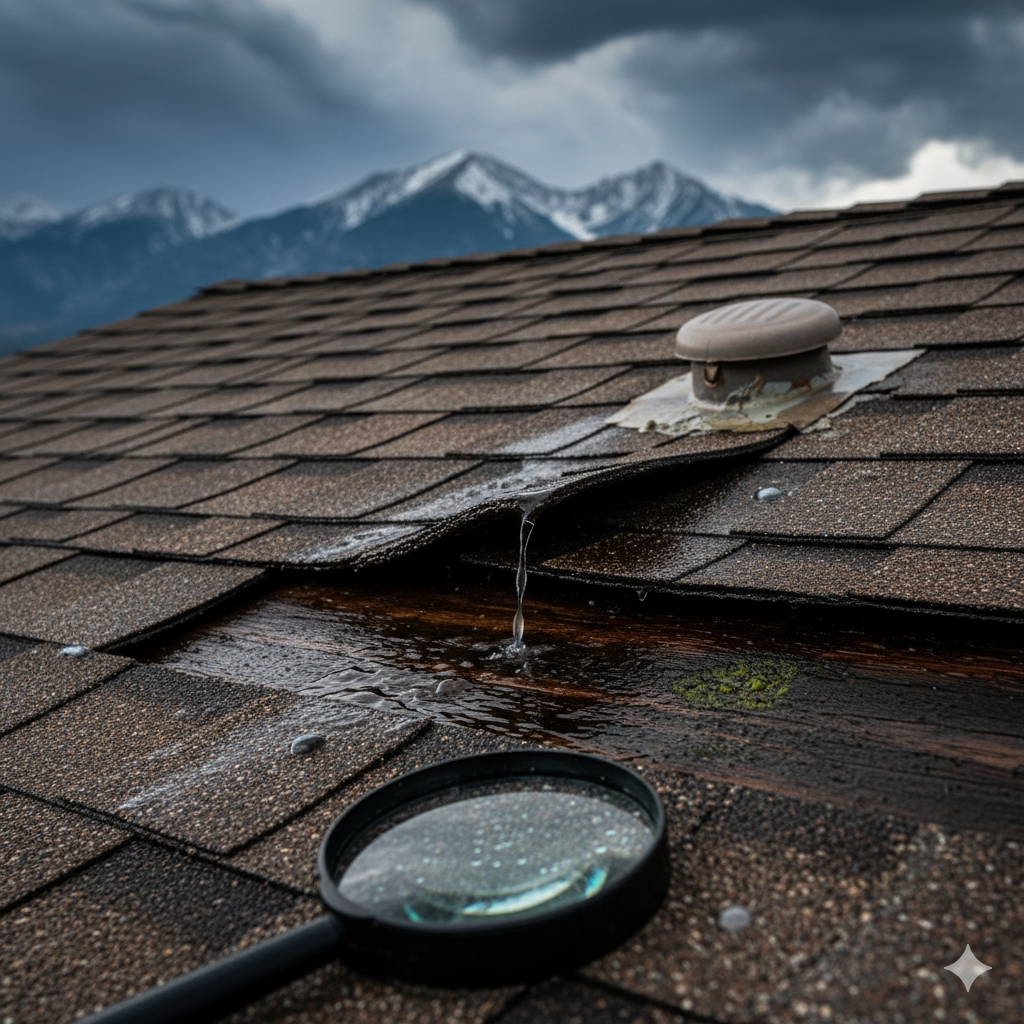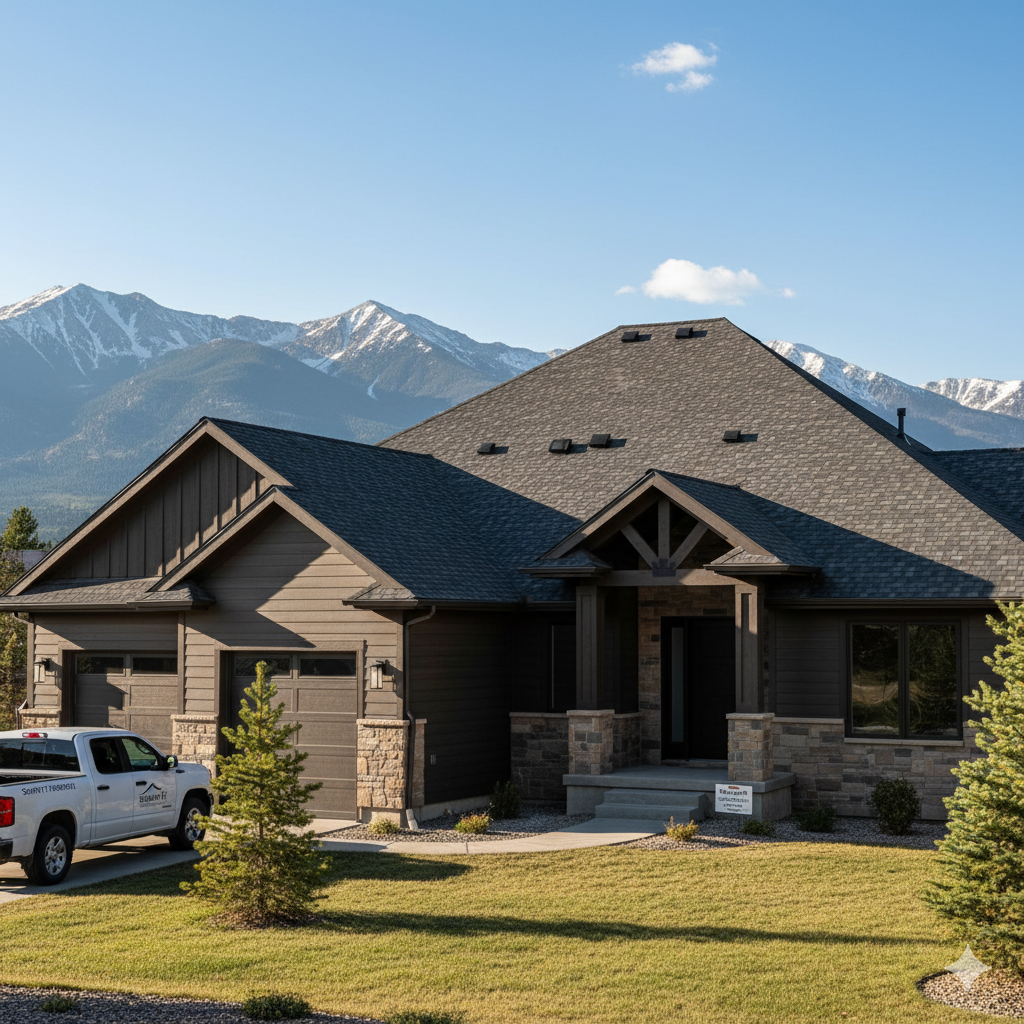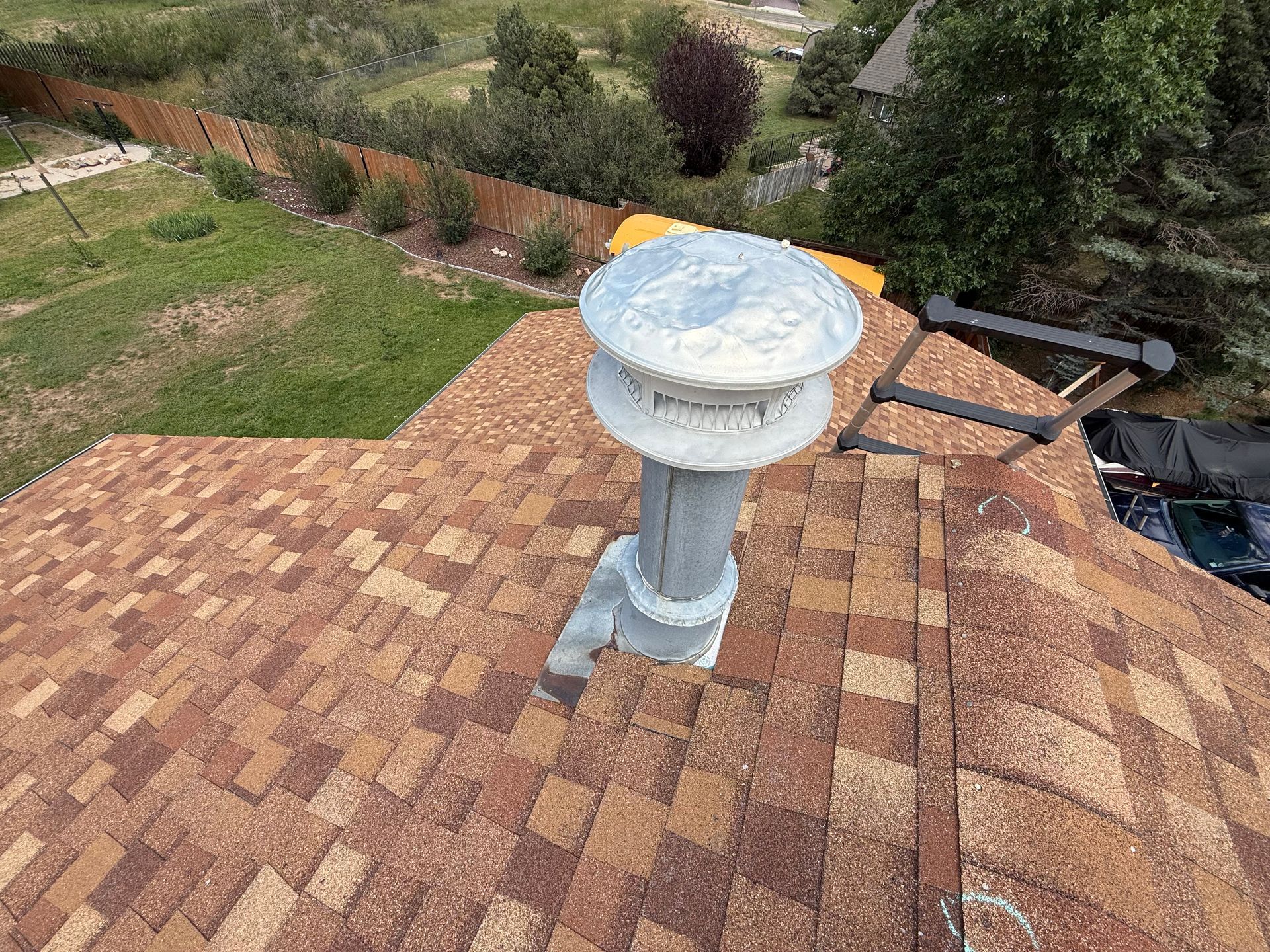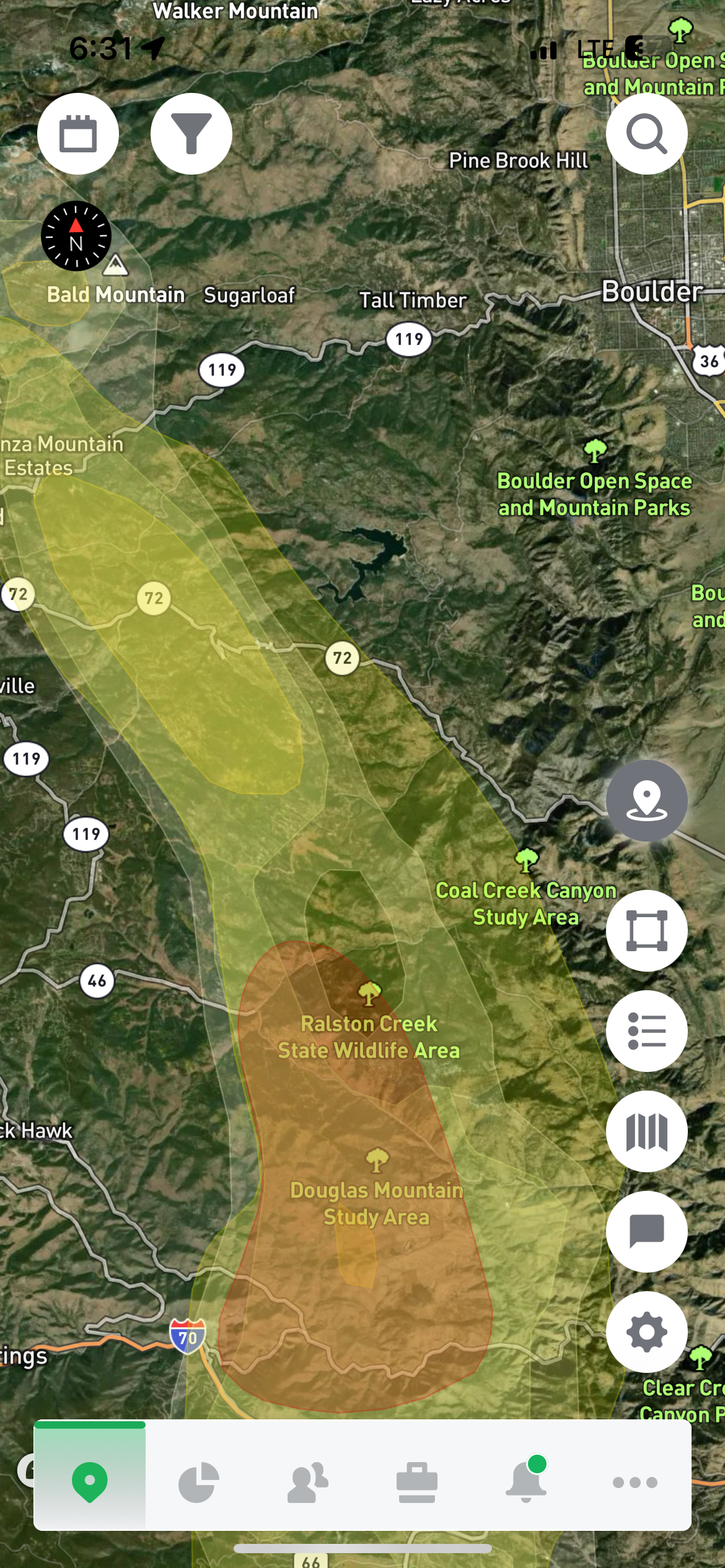Metal vs. Asphalt vs. Tile: Choosing the Best Roofing Material for Colorado’s Climate
November 4, 2024
Choosing the right roofing material for your Colorado home is essential to ensure that your roof can withstand the state’s diverse and often harsh weather conditions. Colorado’s intense sun, heavy snowfall, high winds, and frequent hailstorms all place unique demands on roofing materials, making it crucial to consider durability, cost, and energy efficiency when selecting a new roof. In this guide, we’ll compare three popular roofing materials—metal, asphalt shingles, and tile—to help you determine the best option for your Colorado home.
Benefits of Metal, Asphalt, and Tile Roofs in Harsh Climates
Understanding how each material performs in Colorado’s extreme climate can help narrow down the choices. Here’s a breakdown of the benefits each material brings to the table.
Metal Roof Benefits
Metal roofs are known for their exceptional durability and ability to resist many types of weather damage. In Colorado, where hailstorms are common, metal roofing’s resilience is a significant advantage.
• Durability: Metal roofing can last up to 50 years or longer, making it a great long-term investment. It’s highly resistant to cracks, corrosion, and fire.
• Wind and Hail Resistance: Metal roofs can withstand high winds and large hailstones, often without showing much, if any, visible damage.
• Snow Shedding: Metal’s smooth surface allows snow to slide off easily, which can prevent snow buildup and reduce the risk of roof damage from heavy snow loads.
• Lightweight: Metal roofs are lighter than tile and asphalt, reducing the need for structural reinforcement.
• Recyclable and Eco-Friendly: Many metal roofs are made from recycled materials, and they’re fully recyclable at the end of their life span, making them an environmentally friendly choice.
Asphalt Shingles
Asphalt shingles are a popular roofing material across the U.S. because of their affordability, ease of installation, and variety of styles and colors. In Colorado, impact-resistant asphalt shingles can be an economical option with decent weather resilience.
• Affordability: Asphalt shingles are generally the most affordable roofing material, with lower upfront and installation costs.
• Versatility in Style: Asphalt shingles come in various colors and styles, allowing homeowners to choose a look that complements their home’s aesthetic.
• Impact-Resistant Options: Some asphalt shingles are designed to be impact-resistant, offering extra durability against hail and other forms of weather damage.
• Easy Repairs: Asphalt shingles are easier and less expensive to repair than other roofing materials, and individual shingles can be replaced as needed.
Tile Roof Benefits
Tile roofs, often made from clay or concrete, are particularly known for their longevity and unique visual appeal. They’re most commonly seen on homes with Spanish or Mediterranean architecture but can be customized to suit various styles.
• Longevity: Tile roofs are some of the longest-lasting roofing materials, often lasting up to 100 years or more.
• Wind and Fire Resistance: Tile roofs offer excellent protection against high winds and are non-combustible, adding an extra layer of safety.
• Energy Efficiency: Tile roofs are energy-efficient because they allow for natural air circulation, which helps regulate indoor temperatures.
• Aesthetic Appeal: Tile roofs add a unique and timeless look to homes, enhancing curb appeal.
• Environmentally Friendly: Clay and concrete tiles are made from natural materials, which can be recycled and have a low environmental impact.
How Each Material Handles Snow, Hail, and Wind
Colorado’s weather conditions are known for their extremes, so let’s explore how each material holds up against snow, hail, and wind.
Snow Performance
• Metal Roofs: Metal roofs are particularly well-suited to snowy climates because snow and ice slide off easily. This reduces the risk of heavy snow buildup and lessens structural strain.
• Asphalt Shingles: While asphalt shingles handle snow adequately, they may retain more snow than metal, which could require periodic clearing to prevent excessive weight on the roof.
• Tile Roofs: Tile roofs are sturdy enough to support snow loads, but heavy snowfall can add significant weight. In extreme cases, tile roofs may require extra support for structural safety in snow-heavy areas.
Hail Resistance
• Metal Roofs: Metal roofing is very hail-resistant, especially when opting for thicker materials. While hail can sometimes cause cosmetic dents, metal roofs rarely experience functional damage from hail.
• Asphalt Shingles: Impact-resistant asphalt shingles are designed to withstand hail better than standard asphalt, but larger hailstones can still damage them over time.
• Tile Roofs: Tile roofs are generally resistant to smaller hailstones but can be vulnerable to damage from larger hail. While individual tiles can be replaced, larger hail events can lead to more frequent repairs.
Wind Resistance
• Metal Roofs: Metal roofs perform exceptionally well in high winds and can withstand gusts of up to 140 mph or more when properly installed.
• Asphalt Shingles: Standard asphalt shingles can be vulnerable in high winds, but high-quality or impact-resistant shingles are engineered to withstand winds up to 110-130 mph.
• Tile Roofs: Properly installed tile roofs can endure strong winds, but the tiles can become dislodged if winds are extreme. Reinforcing tiles with extra fasteners may improve their wind resistance.
Cost Comparison and Longevity of Each Material
The cost and longevity of roofing materials are major factors for homeowners. Here’s a quick comparison:
Metal Roof Costs and Longevity
• Cost: Metal roofing tends to have a higher upfront cost than asphalt shingles, generally ranging from $7 to $15 per square foot.
• Longevity: Metal roofs can last between 40 and 70 years or more with minimal maintenance.
Asphalt Shingle Costs and Longevity
• Cost: Asphalt shingles are more budget-friendly, with costs typically ranging from $3 to $5 per square foot.
• Longevity: Standard asphalt shingles have a lifespan of 15 to 30 years, while impact-resistant varieties may last closer to 30 years.
Tile Roof Costs and Longevity
• Cost: Tile roofs are one of the more expensive options, costing anywhere from $10 to $20 per square foot due to the materials and specialized installation required.
•
Longevity: Tile roofs can last 50 to 100 years, making them one of the longest-lasting roofing options.
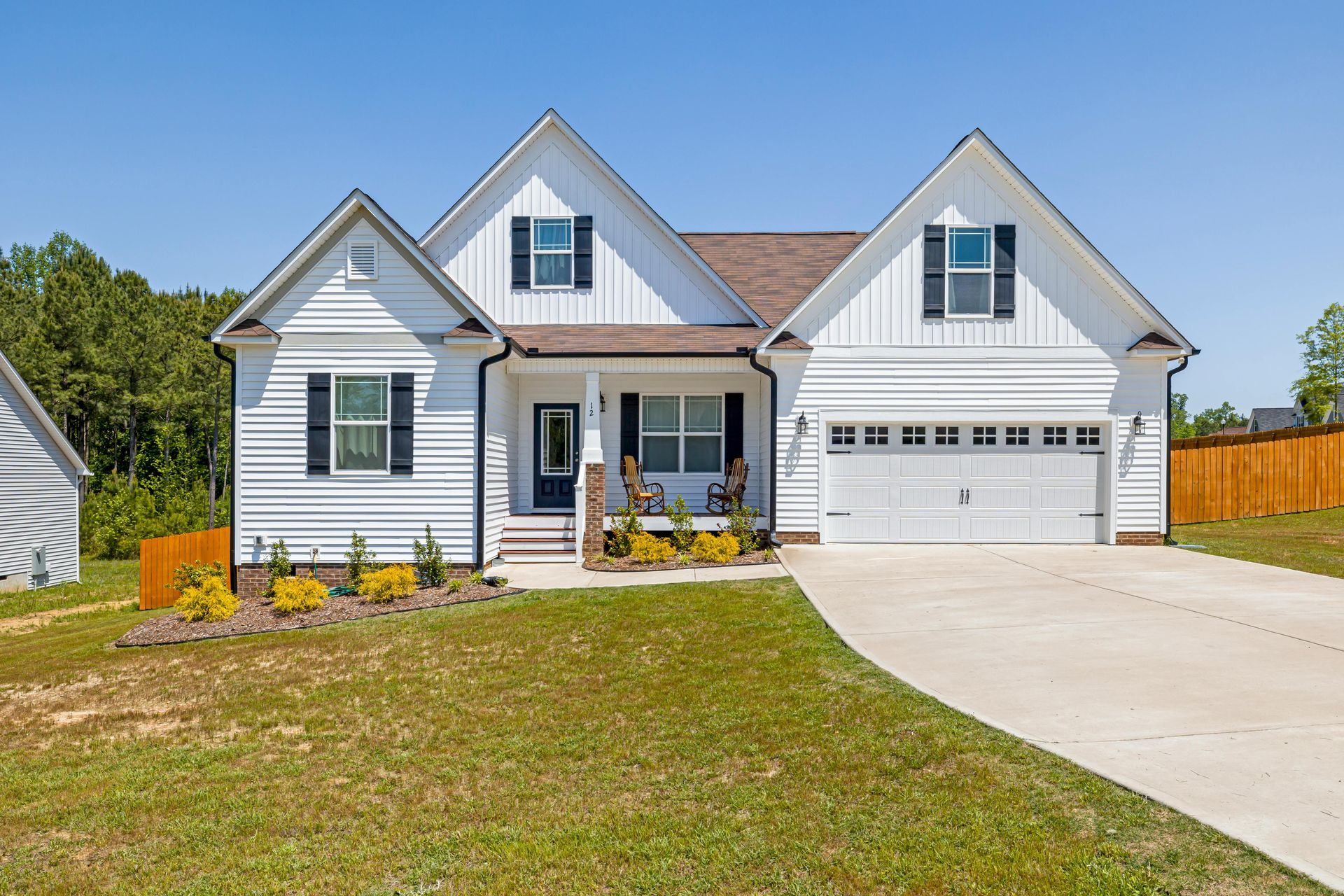
Environmental Impact and Energy Efficiency Factors
Sustainability is an important consideration for many homeowners today. Here’s how each material measures up in terms of eco-friendliness and energy efficiency.
Metal Roofs
Metal roofs are eco-friendly as they’re typically made from recycled materials and are 100% recyclable at the end of their life. They’re also highly energy-efficient due to their reflective properties, which reduce the amount of heat absorbed and keep homes cooler in the summer.
Asphalt Shingles
Standard asphalt shingles are less environmentally friendly, as they’re made from petroleum-based products and are not easily recyclable. However, some manufacturers produce “cool roofing” asphalt shingles that are energy-efficient, reflecting more sunlight than standard options.
Tile Roofs
Tile roofs are one of the most environmentally friendly options because they’re made from natural materials like clay and concrete, which are non-toxic and recyclable. They are also energy-efficient, as their natural insulating properties help regulate indoor temperatures and reduce energy consumption.
Choosing the Best Roof for Colorado’s Climate
Each roofing material—metal, asphalt shingles, and tile—has its strengths and challenges in Colorado’s diverse climate. Metal roofs are durable, energy-efficient, and resilient against hail and high winds, making them ideal for long-term investments. Asphalt shingles offer a budget-friendly choice with decent durability, especially with impact-resistant varieties. Tile roofs, while more expensive, provide unmatched longevity and aesthetic appeal, along with excellent fire resistance and natural insulation.
Ultimately, the best choice will depend on your budget, aesthetic preferences, and specific needs for durability and energy efficiency. At Semper Fi Restoration, we’re here to help you make the best choice for your home’s protection and comfort in Colorado’s climate. Contact us to learn more about our roofing solutions and find the perfect fit for your Colorado home.
We'd love to do a complimentary roofing assessment for you!
